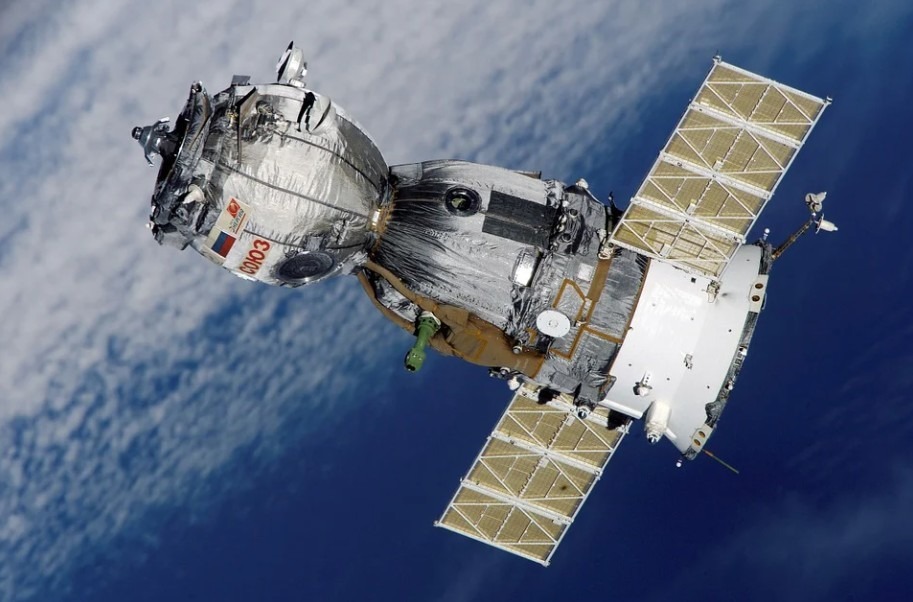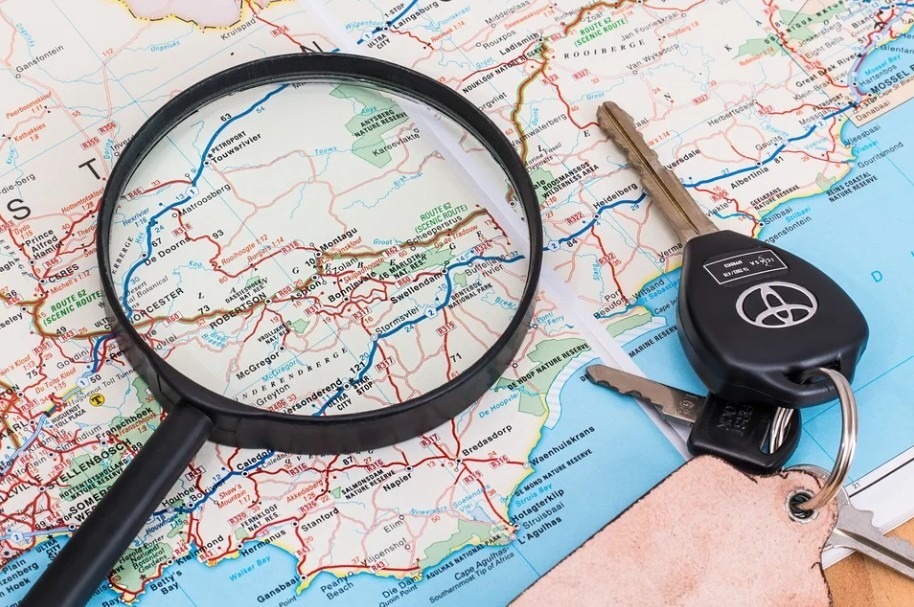Ever found yourself needing directions to a certain place? Or walked in circles in the parking lot, not remembering where you parked your car? Nowadays, reading maps and remembering where you put everything seem to be a hassle and more trouble than they’re worth; who has time for that? People are all for convenience, and in terms of location and tracking services, GPS might just be the perfect solution!
What’s A GPS?
The Global Positioning System, commonly known as GPS, is a navigation system that uses a network of satellites and a receiver to precisely establish a person or object’s location on Earth. As a tracking system, GPS may be used to monitor the movement of a person or vehicle.
A GPS tracking device is a portable device you can install in a vehicle or even your smartphone. It gathers all sorts of information, including but not limited to diagnostics, speed, and idle time to synchronize velocity, location, and time data for land, sea, and air travel.
GPS trackers may be used by a company to monitor the progress of their delivery truck or by parents who need to check on the whereabouts of their children. Utilizing GPS technology, these trackers trace a vehicle’s or a person’s current location and trip history. The system then forwards the data gathered to a computer, smartphone, or tablet.
Brief History of the GPS
Humans have always been fascinated with navigation. For thousands of years, navigators used the sun, moon, stars, and sextants to determine location. However, the humble beginnings of the GPS can be attributed to developments in space-age technology with the launch of Russia’s satellite Sputnik. The first artificial Earth satellite put forward the concept of geolocation capabilities. Soon after, the U.S. military designed and began using this technology for their submarines and other military activities exclusively through the latter part of the 20th century. It wasn’t until 2000 that the general public gained full access to its use which eventually paved the way for more significant advancements in such technology.
The Three Elements of GPS
Three components make up GPS, namely, a) space, b) control, and c) user equipment. These elements or segments work together to provide location information accurately.
Space Segment — Consists of satellites or artificial objects intentionally placed to orbit the Earth; this segment is responsible for transmitting signals to users about geographical positions at any time of day.
Control Segment — Earth-based monitor stations, ground antenna, and master control stations make up the ground control. These activities include monitoring transmissions, as well as tracking and operating the satellites in space. Almost every continent has monitoring stations, including Asia, Europe, North and South America, Africa, and Australia.
User equipment — Comprises transmitters and GPS receivers like smartphones, telematics devices, watches, etc.
How Does the System Work?
In determining the location of a certain person or object in real-time, GPS tracking systems use the GNSS or the Global Navigation Satellite System network. At least four satellites from this network send microwave signals to a receiver or a GPS device that processes these signals and uses them to calculate one’s precise location. The trilateration process utilizes the position of three or more satellites from the GNSS network—the tracker’s distance from them determines the latitude, longitude, elevation, and time to determine one’s exact position on the planet. Essential information like location, direction, speed, and even historic navigation data may also be ascertained with this technology and broadcasted in real-time on your devices via the internet.
Types of Tracking Devices
GPS tracking is virtually everywhere and benefits almost everyone. Depending on your purpose, there are two types of GPS trackers you can choose from to best cater to your needs.
Active Tracker
This tracker monitors the object’s actual movement. It continuously transmits real-time information to a centralized database via a modem within the GPS unit. Upon turning on the device, you can immediately trace the object’s actual location, distance, and speed it’s going. You can access this data, which is processed and delivered using a SIM and a GSM transceiver, through your office computer, on your laptop at home, or even your smartphone. Fleet managers usually utilize these trackers in their business.
Passive Tracker
Conversely, this tracking device does not give location information in real-time. Instead, it records the object’s movement and stores this data internally or in a memory car, which can be downloaded to a computer at a later date for analysis. Nevertheless, it records information on the object’s downtime duration, stops made, routes taken, destination, time, and date.
Today’s modern age witnessed the surge of technologies that use GPS. To this day, innovations using this navigation and tracking system persist. From the simple determination of an object’s location through the analysis of relevant management data, GPS tracking offers a wide range of options to help ensure safety, efficiency, and accuracy to the users of information.


